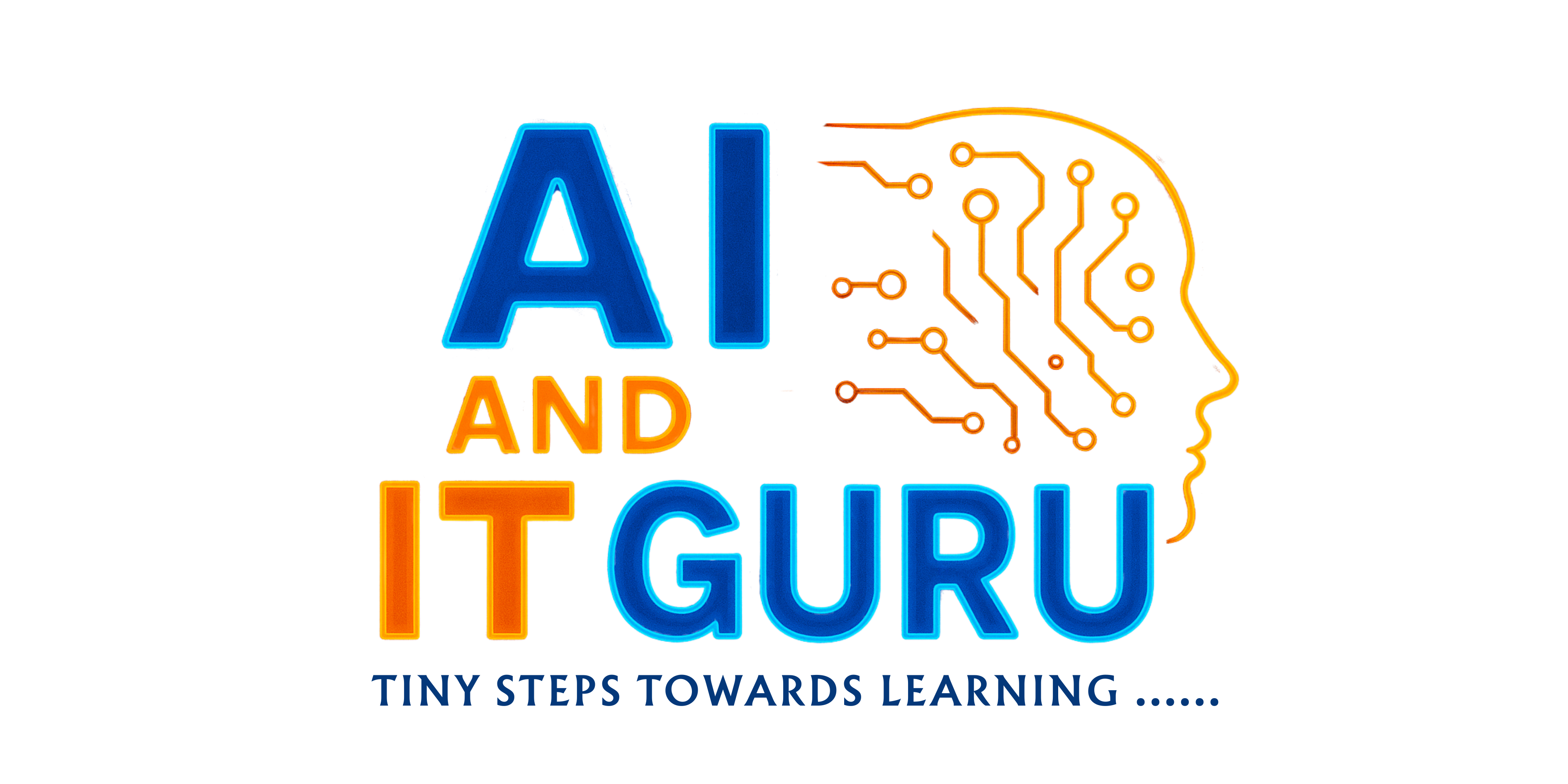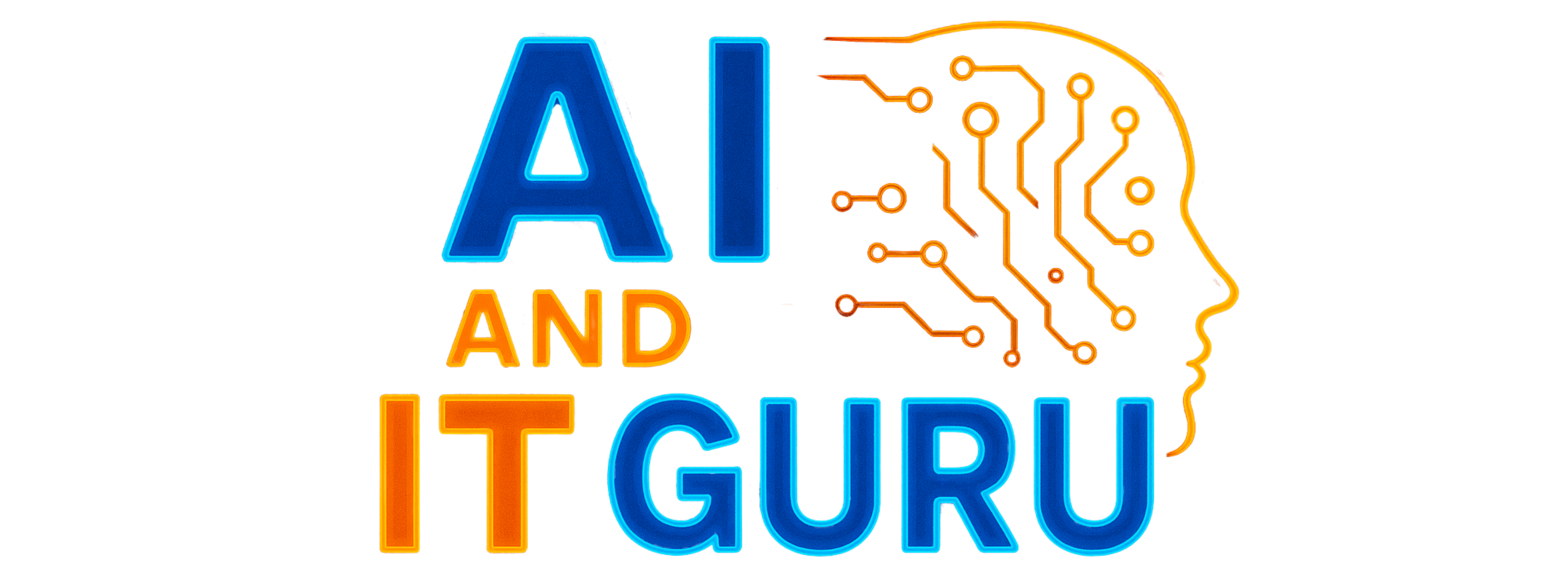

Reinforcement Learning Practitioner Needs
In the rapidly evolving field of reinforcement learning (RL), having the right tools can
make the difference between a successful project and weeks of frustration.
Core RL Libraries and Frameworks
1. Gymnasium (formerly OpenAI Gym)
Perhaps the most fundamental tool in any RL practitioner’s arsenal, Gymnasium
provides a unified interface for reinforcement learning environments. Its standardized
action and observation spaces make it easy to develop and test algorithms across
different scenarios.
Key features:
Simple, user-friendly API
Wide variety of pre-built environments
Easy environment registration for custom tasks
Recently updated with improved stability and features over the original Gym
2. Stable Baselines3
Built on PyTorch, Stable Baselines3 offers reliable implementations of popular RL
algorithms with a clean, consistent interface.
Key features:
Comprehensive documentation and examples
Built-in logging and visualization tools
Easy experiment tracking3. Ray RLlib
For those working on distributed RL or scaling to complex applications, Ray R-Llib is
indispensable.
Key features:
Highly scalable – from laptop to cluster
Supports TensorFlow, PyTorch, and JAX
Extensive algorithm library
Integrated with Ray’s ecosystem for distributed computing
Simulation Environments
1. MuJoCo
Key features:
Fast, accurate physics simulation
Excellent contact dynamics
Native Python bindings via mujoco-py
Used in Deep-mind’s research and countless academic papers
2. Unity ML-Agents
Key features:
Rich 3D environments
Multi-agent capabilities
Curriculum learning support
Integrates with the popular Unity game engine
3. PettingZoo
Key features:
Consistent API across different multi-agent domains
Includes classic games, robotics tasks, and Atari environments
Support for both collaborative and competitive scenarios Development and Analysis Tools
TensorBoard
Used for building tensors which are used for deep learning topics
Key features:
Real-time training visualizations
Hyperparameter tracking
Model graph visualization
Works with PyTorch via torch.utils.tensorboard
2. Weights & Biases (W&B)
For more sophisticated experiment tracking and collaboration, many practitioners
turn to W&B.
Key features:
Experiment versioning
Team collaboration tools
Advanced visualization capabilities
Hyperparameter sweeps
3. Jupyter Notebooks
The interactive nature of Jupyter makes it perfect for RL experimentation and analysis.
Key features:
Interactive development environment
Easy visualization integration
Great for prototyping and sharing results
Supports markdown documentation alongside code Mathematical and Statistical Libraries
1. NumPy
Num-Py is used numerical python for creating arrays.
Key features:
Fast array operations
Comprehensive mathematical functions
Memory-efficient data structures
Basis for most other scientific Python libraries
2. JAX
For those pushing the boundaries of performance, JAX offers automatic
differentiation and XLA compilation.
Key features:
Accelerator-ready computations (GPU/TPU)
Function transformations for auto-differentiation, Vectorization
Just-in-time compilation
Growing ecosystem of RL libraries like Brax
